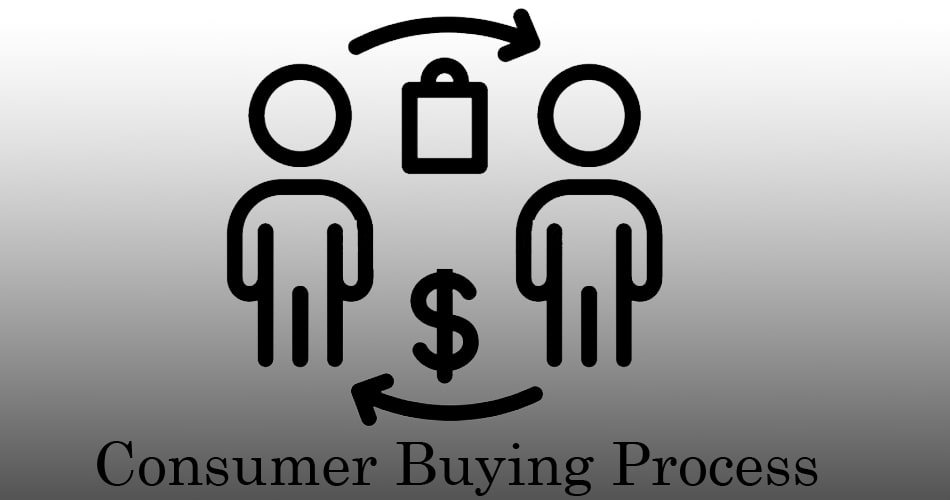Consumer Buying Process

Have you ever wondered what goes on inside a consumer’s mind when deciding to make a purchase? It’s a fascinating journey of emotions, logic, and influences. From the moment a need arises to the final decision, consumers navigate through research, comparisons, and sometimes indecision.
The buyer decision process includes five stages: need recognition, information search, evaluation of options, purchase decision, and post-purchase behavior. This process starts long before the purchase and continues for years after.
As a marketer, understanding this process is key to effectively reaching your target audience. By tapping into the thoughts and feelings that drive consumer behavior, you can design messages that resonate and lead to more sales. Let’s dive into the world of the consumer buying process and learn how to influence your ideal customers and grow your business.
Need Recognition
The journey begins with need recognition. This occurs when an individual perceives a deprivation and feels the need to return to a normal state. This can be triggered internally or externally. Often, marketers can generate needs through displays, special offers, or advertisements. Understanding what connects the customer to your product is crucial. The first step is to determine what the customer wants, which supports rational marketing decisions.
Information Search
In this stage, consumers seek information to help make a purchase decision. They may look at price, origin, taste, and brand names to find the best value. This stage helps reduce anxiety, especially for expensive or complex products. Consumers gather information online and offline, and this step has become more important with the rise of the internet. Effective targeting can convert online searches into purchases.
Evaluation of Alternatives
Here, consumers evaluate both intrinsic attributes (like ingredients and color) and extrinsic attributes (like brand quality and price) of alternative products. The criteria depend on the reason for purchasing and individual characteristics. For example, when buying a gift, consumers might prioritize reputation or origin. This evaluation is often more thorough for significant purchases.
Purchase Decision
The fourth stage is the purchase decision, guided by the evaluations from the previous stage and influenced by others’ opinions. This is where the buyer makes the final decision to purchase.
Post-Purchase Behavior
Finally, the consumer evaluates their purchase to determine if it met their expectations. If satisfied, they might make another purchase. If not, they might switch brands. Post-purchase behavior includes cognitive dissonance, where consumers feel uneasy about their decision. Customer satisfaction is crucial for building long-lasting relationships and encouraging repeat purchases. Marketers aim to delight customers to foster loyalty and positive word-of-mouth.
Buying Center
Sometimes, groups like families make buying decisions together. This involves several roles:
- Initiators: Those who recognize the need.
- Gatekeepers: Those who control the flow of information.
- Influencers: Those who sway the decision.
- Deciders: Those who make the final choice.
- Buyers: Those who handle the transaction.
- Users: Those who use the product and provide feedback.
Conclusion
Understanding the consumer buying process is crucial for businesses aiming to connect with their customers. Recognizing the stages consumers go through helps tailor marketing strategies to meet their needs, enhancing satisfaction and fostering brand loyalty. A well-informed approach leads to successful sales and stronger relationships between consumers and brands.
You need to take part in a contest for one of the finest sites on the web. I most certainly will recommend this site!